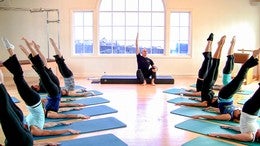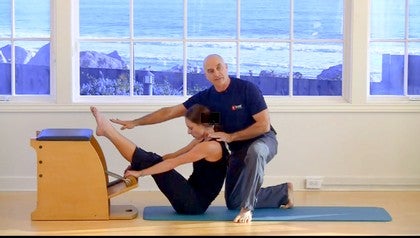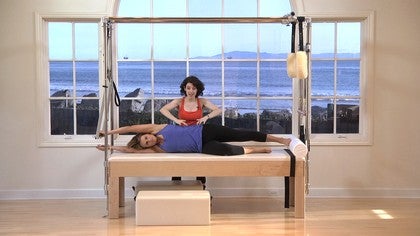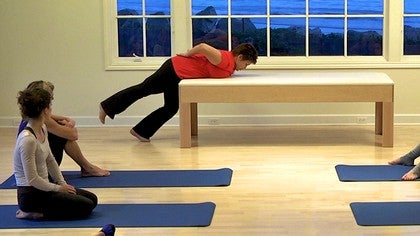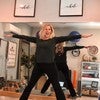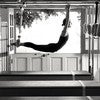Description
Distinguished instructor Rael Isacowitz brings his enthusiasm and experience to you in this highly informative workshop on Back Care Essentials. If you have wondered how to proceed with your Pilates practice even when you have a history of back pain, this could be the workshop for you. Rael leads a discussion on the various components of a good back care program. Within this interactive session he will explore the anatomy associated with a back care program, strategies for effective care, and modifications to exercises on various pieces of apparatus that can be used for ourselves and our clients.
What You'll Need: Mixed Equipment, Cadillac, Reformer w/Box, Wunda Chair
About This Video
Back Care: Workouts and Tips for a Healthy Spine
Comments
Skip to Latest
Oh God...I could write a book about how Rael is great over and over again and it would have hundreds of pages to prove it!!! Loved it!
14 years ago
Thank you Rael for such an informative class! I enjoyed this so much and was inspired to continue to learn all I can on this subject since yes it seems almost every client I have suffers from some sort of back pain. And it was a firm reminder of some of the things I learned in my BASI training 4 years ago.
Your the best!!!
Jamie
Your the best!!!
Jamie
14 years ago
Another masterpiece! Very informative and always inspiring! Thank you Rael! and Thank You Kristi!!!!
14 years ago
It's really my pleasure Joanne, but really all we did was press record. The masterpiece part, well that is all Rael. 

14 years ago
Let me know if you ever get the technology to be able to watch the learning center forums on iPod. I think it would be a great addition to what you offer.
14 years ago
I absolutely love this PilatesAnytime.com. It's so amazing to watch Rael and all the great teachers that you feature on this site. I loved watching Rael and listening to his philosophy on balance and the exercise examples. Excellent information for all teachers willing to learn and grow in this non static practice called Pilates
14 years ago
1-10 of 79
You need to be a subscriber to post a comment.
Please Log In or Create an Account to start your free trial.
